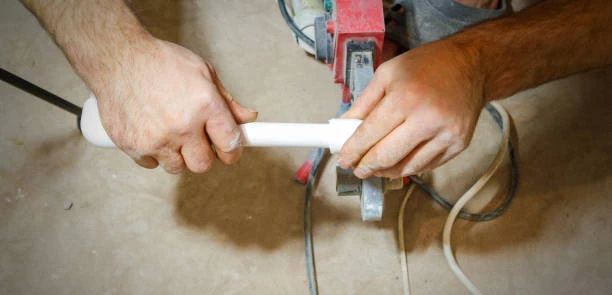Introduction
PPR Pipe systems have become a staple in various industries, thanks to their durability and versatility. With the recent updates to ASTM standards, it’s crucial to understand the implications these changes bring. Let’s dive into what PPR is and why these standards matter.
What is PPR?
Polypropylene Random Copolymer (PPR) is a type of thermoplastic polymer that’s widely used for piping systems. Known for its resistance to high temperatures and pressures, PPR is commonly found in residential and industrial applications, such as water supply, heating systems, and irrigation.
The Role of ASTM in Standardization
So, what exactly is ASTM? The American Society for Testing and Materials (ASTM) is an international standards organization that develops and publishes technical standards for a wide range of materials, products, systems, and services. These standards are crucial for ensuring safety, quality, and performance in piping systems.
Overview of ASTM Standards for PPR Pipe
Historically, ASTM standards have been pivotal in guiding the manufacturing and installation of PPR piping systems. However, as technology and materials evolve, so do the standards. The previous standards had some limitations that needed addressing to enhance safety and performance.
Key Updates in the ASTM Standards for PPR Pipe
The latest updates to ASTM standards for PPR piping systems focus on improving material specifications and performance testing protocols. These changes are designed to provide a more robust framework for manufacturers and users alike.
Enhanced Material Specifications
One of the significant updates includes stricter material requirements. The new standards emphasize the use of high-quality raw materials, which directly impacts the durability and safety of the piping systems. By ensuring that only the best materials are use, manufacturers can produce products that stand the test of time.
Updated Performance Testing Protocols
The ASTM has introduced new testing methods to assess the performance of PPR piping systems. These updates ensure that products meet higher standards of quality and safety. The enhanced testing criteria not only help manufacturers but also provide consumers with peace of mind.
Pressure Rating Changes
Understanding pressure ratings is vital for any piping system. The updated standards redefine pressure ratings to reflect the capabilities of modern PPR materials better. This means that designers and engineers can rely on these ratings for safer and more efficient system designs.

Benefits of the Updated Standards
The implications of these updates are far-reaching. Not only do they enhance safety measures, but they also improve product reliability. For manufacturers, adhering to these standards can lead to fewer product failures and higher customer satisfaction.
Moreover, compliance with updated standards can enhance brand reputation, positioning manufacturers as industry leaders committed to quality and safety. This focus on reliability can also foster long-term relationships with clients, encouraging repeat business and referrals. Ultimately, these improvements contribute to a more sustainable and trustworthy market environment.
Industry Impact
So, how do these updates affect the industry? Manufacturers will need to adapt to the new standards, which could mean revising production processes. Installers and end-users must also familiarize themselves with the latest guidelines to ensure compliance and optimal system performance.
Regulatory Compliance
Ensuring compliance with the updated standards can pose challenges, but solutions are available. Training programs and resources are being developed to help industry professionals navigate these changes effectively.
Future Trends in PPR Piping
Looking ahead, we can expect to see emerging technologies that will further enhance PPR piping systems. As standards continue to evolve, staying informed will be essential for all stakeholders in the industry.
Conclusion PPR Pipe
The updates to ASTM standards for PPR Pipe systems are significant for improving safety, performance, and reliability. It’s essential for manufacturers, installers, and users to stay informed about these changes to ensure compliance and optimal system performance.
Additionally, investing in compliance can drive innovation, as manufacturers seek to develop new technologies and materials that meet or exceed standards. This not only opens up new market opportunities but also attracts environmentally conscious consumers who prioritize sustainability. As the industry evolves, the emphasis on safety and reliability will likely shape future product designs, ensuring that manufacturers remain competitive in a rapidly changing landscape.
FAQs
- What does PPR stand for?
PPR stands for Polypropylene Random Copolymer, a type of thermoplastic used in piping systems. - Why are ASTM standards important for piping?
ASTM standards ensure the safety, quality, and performance of piping systems, providing a framework for manufacturers and users. - What are the main benefits of the updated ASTM standards for PPR Pipe?
The updates enhance material specifications, improve performance testing protocols, and ultimately increase product reliability and safety. - How do the updates affect installation practices?
Installers must be aware of the new standards to ensure compliance and optimal performance in their installations. - Where can I find the latest ASTM standards for PPR?
The latest ASTM standards can be accessed through the ASTM International website or industry publications.